open main page for all woods open page 2 for articles
RAYS
Trees have ribbons of parenchyma cells that carry nutrients laterally through the bole (that is, they go from the pith out to the bark). Technically, if they start at the pith they are called "medullary ray cells" but in actual practice all rays are called medullary rays or just rays.
In softwoods these tend to be very thin and invisible even at 10X in hardwoods they tend to be wide enough to see at 10X and in some woods such as oak at lacewood they are easily visible to the naked eye. They are what cause the "ray flake" figure in quartersawn planks.
Examples:
(these are all end grain closeups)
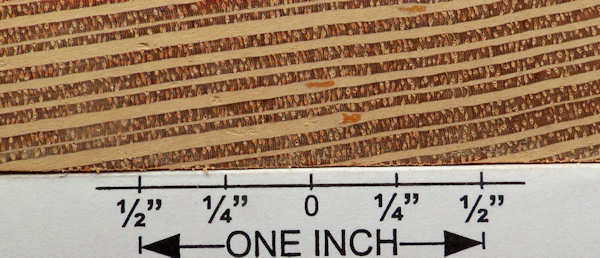
lacewood with rays that are both huge and long

burr oak with rays (running horizontally in this pic) that are pretty normal size for an oak, but which are exceptionally long
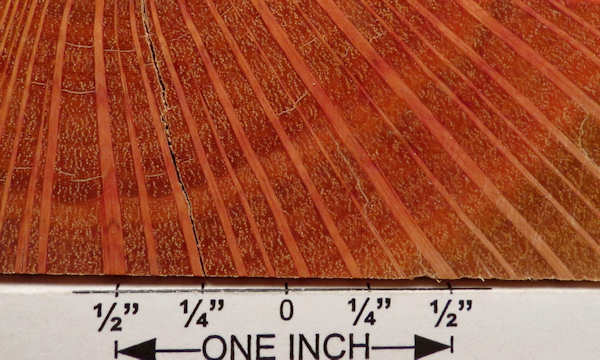
huge rays in Baker's oak (aka sheoak)
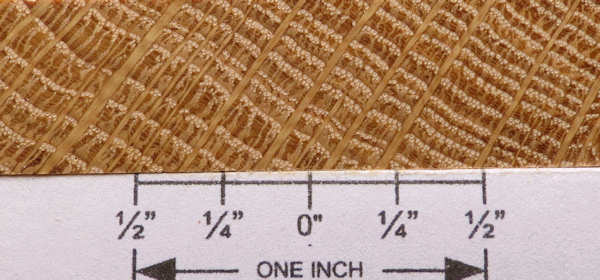
white oak with rays that are pretty typical of the species --- as you can see, some are larger than others.

red oak

hard maple with typical thin rays of somewhat varying thickness
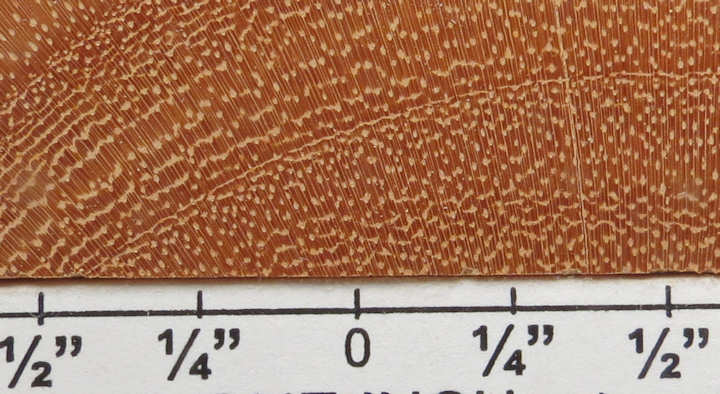
Argentine osage orange with very thin, closely spaced, rays
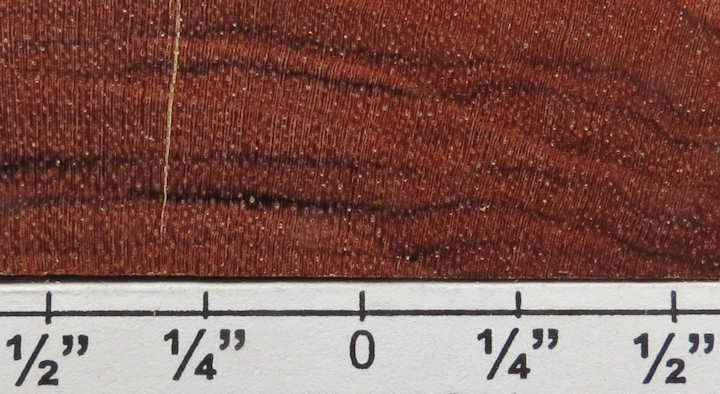
mopane with very thin, closely spaced, rays

paela with closely spaced rays that are so thin you really can't see them until you go to the enlargement








